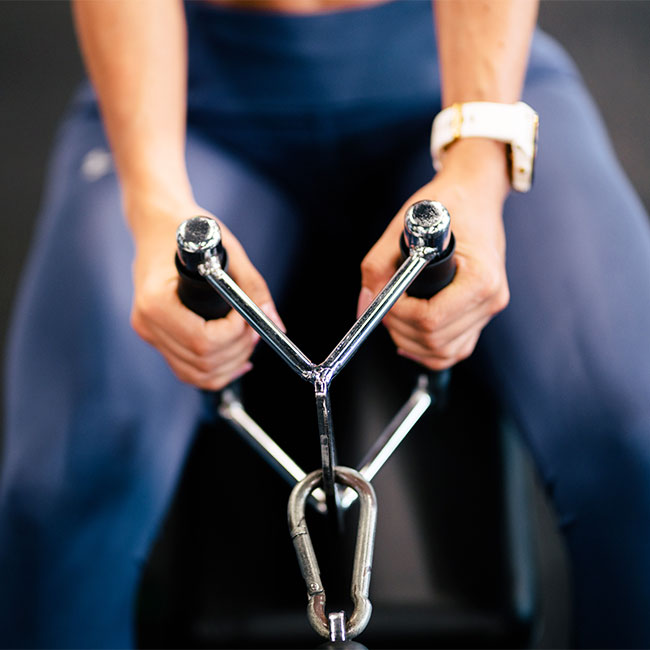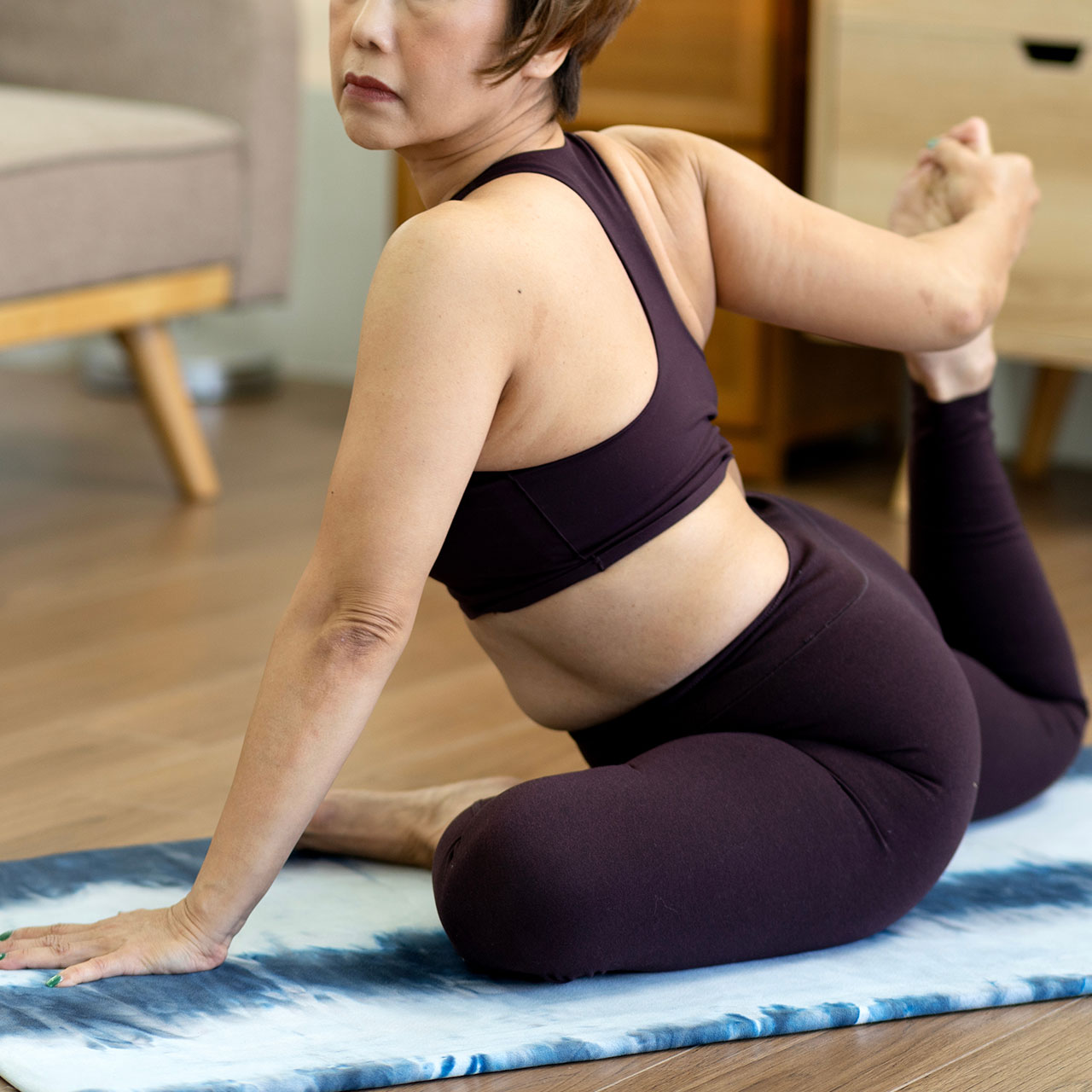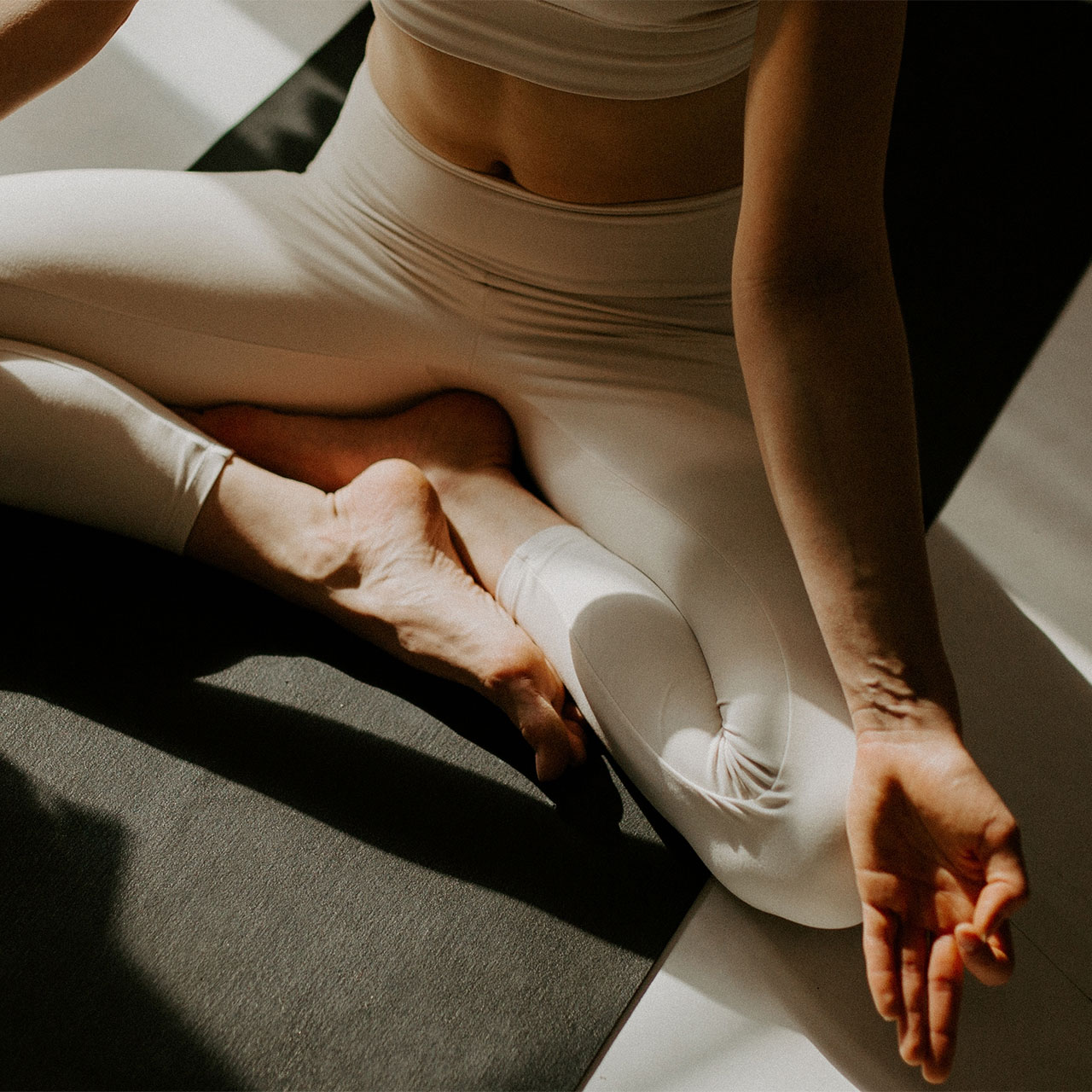This is an archived article and the information in the story may be outdated. Please check the time stamp on the story to see when it was updated last.
Have you ever walked into a gym and felt intimidated by the variety of machines to choose from? Better yet, do you avoid the machines altogether and opt for doing your own workout with free weights in the corner? It may be intimidating, but free weights can host a number of benefits for not only experienced gym-goers, but beginners too. Cable machines are exercise machines that have adjustable cable pulleys, which allow you to do numerous exercises in a variety of directions and degrees of resistance. They can be very beneficial for toning your upper body when used properly.

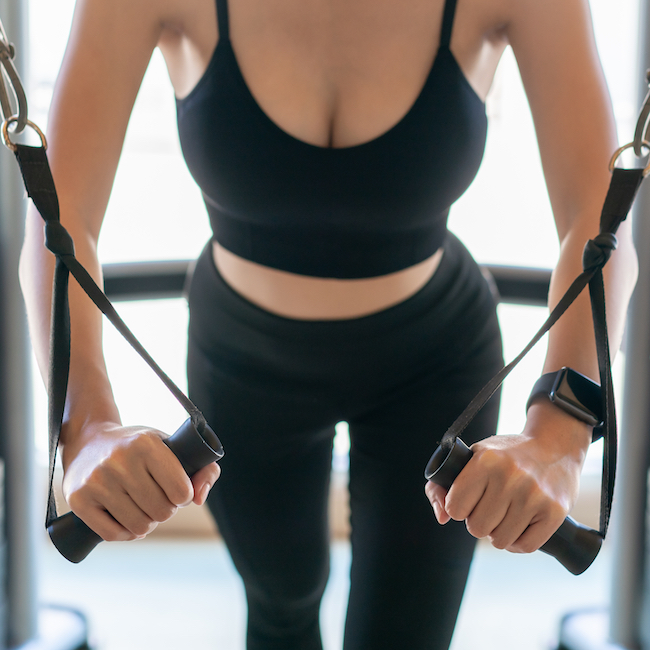
“The largest advantage to using cable machines, and really any machines to free weights overall, is you get most of the movement variations of free weights but with the safety of the set ranges of motion of the given machine.” Says Ronnie Lubischer, CSCS, owner of Lubischer’s Burn and Blast Training in West Long Branch, NJ. “This is especially advantageous for a beginner whose form may not be quite ready for non spotted or unsupervised free weight lifts. On the other end of the spectrum, they’re useful for more advanced lifters who want to work a muscle in a very specific and controlled range of motion to elicit a desired response.” Lubischer shared some of his favorite cable machine exercises to share with clients that target your core and arms. Three cable machine exercises that can train the core while simultaneously help to strengthen your arms are:
Beginner, Cable Torso Rotation (Rectus Abdominis)
“To perform a cable torso rotation, set the cable height lining the joint or ball of the cable in alignment with the center of your lateral delt (meaty side of shoulder). From there keep your arms locked “pulling and squeezing” the weight through your midsection from left to right and then vice versa. You should imagine your belly button being the catalyst for the movement and all the weight passing through that exact point while squeezing and keeping your arms tight in a straight alignment smoothly through the motion and back.” During this exercise, it’s important to keep your posture intentional—chest up, shoulders back, and tailbone tucked with your head up. Focus on rotating your body through your core rather than your hips.
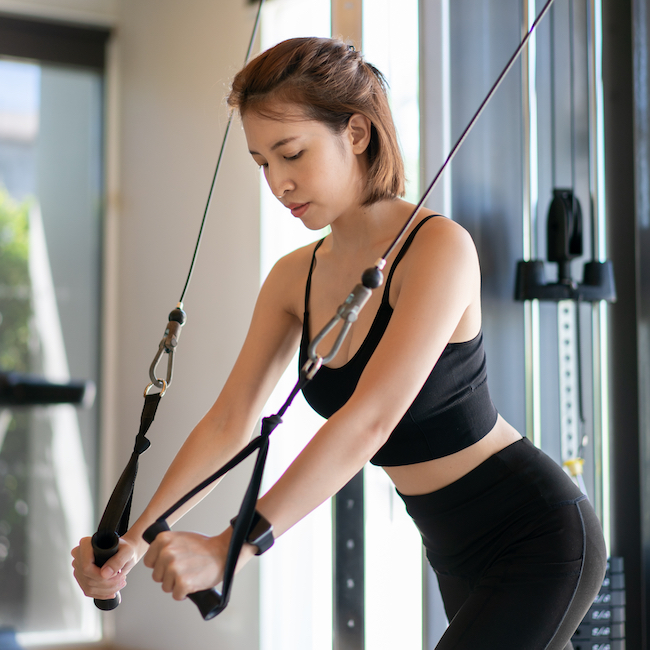
Intermediate, Ax Chops High to Low (Transverse Abdominis)
“To perform a cable ax chop high to low this time line the joint or ball of the cable with your ear lobe. You’ll need to start with a little slack taking a few steps away from the machine until your arms are in a fully lengthened position to start the movement. From there the movement similarly mimics the rotation movement but in the transverse plane rather than the horizontal plain. Again keep your body tight from the inside out trying to feel as if your belly button is the center of your universe and rock hard and imagining that level of contraction spreading from that center mass all the way into your fingertips and toes. Unlike the torso rotation as we pull the weight with straight arms down and across your body we will allow your hips to rotate slightly through this movement until with still straight arms you wind up with hour hands holding the cable attachment to peak it’s contraction in your hip pocket while your shoulders rotate with the movement in a quarter turn fashion.”
Advanced, Overhead Cable Squat (Total Core Stabilization)
For this exercise you’ll need a straight bar attachment for the cables. To start, make sure your feet are shoulder width with toes slightly turned out, chest up, shoulders back, and tailbone tucked with your head up and eye contact straight in front of you. “From there grab your straight bar and fully extend it over your head with straight locked arms. Next, take a few steps back until you can feel tension in the straight bar (you should now be gripping the straight bar slightly in front of the center of your skull towards your forehead but not out in front of your body).” While holding the position, go into a squat until you lower yourself to about 90 degrees, or until you feel the highest level of contraction in your glutes. Then push back into the overhead starting position.





